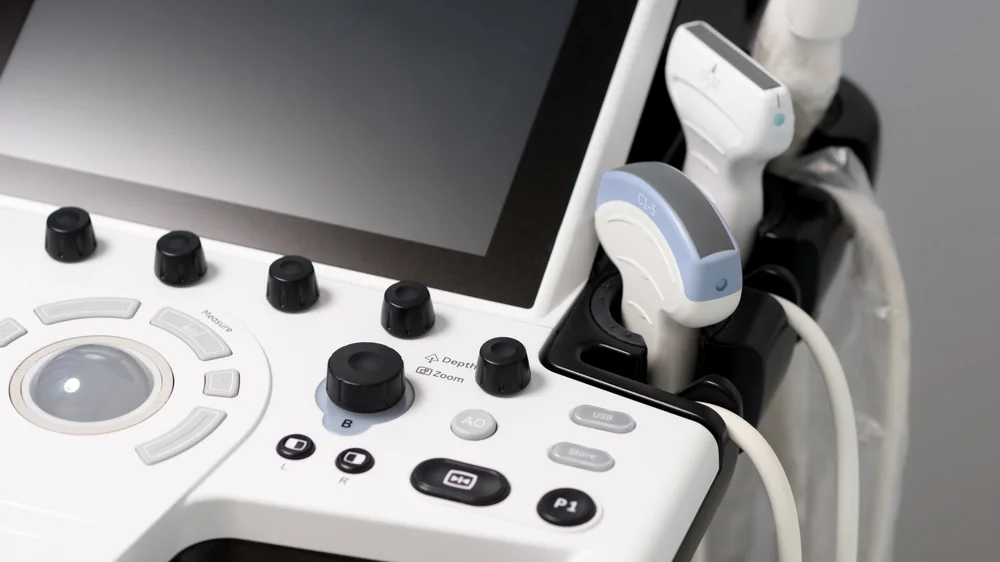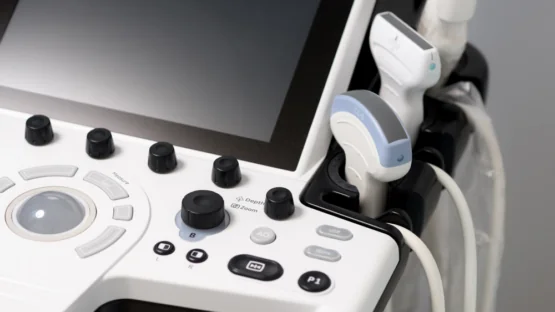In a preprint paper, the researchers have shown that low-frequency ultrasound treatment decreases senescence and improves the physical performance of aged mice [1].
Mechanical approach

Read More
Cellular senescence, the inability of aged cells to divide while still being metabolically active, is one of the hallmarks of aging. Although senescent cells play an important role in various physiological processes such as tissue repair and tumor suppression, their accumulation with aging leads to pathologies.
As a result, several biotech companies are developing therapeutics that target senescence, such as Unity Biotechnology and Cleara. However, so far, none of the compounds have yet reached the market, and the only safe ways to slow down senescence seem to be exercise and possibly the consumption of nutraceuticals [2].
While there are still no approved drugs that would eliminate senescent cells or modulate the SASP, the researchers decided to look into mechanical ways of targeting these cells other than working out.
In this study, the scientists employed intermittent low-frequency ultrasound treatment first in vitro and then in vivo. The pressure produced by ultrasound mechanically disturbs cells triggering changes in their metabolism. As the results show, it is an effective method of rejuvenating senescent cells via autophagy activation.
In vitro results
First, the researchers induced senescence in cell cultures using several chemicals. The cells were then irradiated by 20-minute low-frequency ultrasound. The treatment reversed senescence as shown by a decreased cellular size and blocked SASP secretion.
Interestingly, a similar effect was achieved by exposing senescent cells to the factors secreted by low-frequency ultrasound-treated normal cells. Moreover, the treatment resulted in a sustained growth rate of normal cells that would otherwise become senescent.
Next, the researchers show that the treatment led to mitochondrial fragmentation and loss of lysosomes. In addition, when combined with rapamycin, ultrasound irradiation yielded an even better result. These results show that low-frequency ultrasound rejuvenates senescent cells via increased autophagy.
In vivo success
Following the positive results obtained in cell cultures, the researchers tested the effect of low-frequency ultrasound in aged mice of both sexes and how it compared to exercise. The mice were divided into 6 groups: exercise only, ultrasound only, exercise+ultrasound, rapamycin only, rapamycin+ultrasound, and controls.
As shown by a number of physical tests conducted before and after treatment, low-frequency ultrasound alone or in combination with either rapamycin or exercise improved the performance of the aged mice. A beneficial effect of the ultrasound treatment was also observed at the cellular level: the mice had fewer senescent cells in the pancreas and the kidneys.
The researchers also tested several ultrasound treatment frequencies (every day, every other day, every third day) and power levels. All of them proved beneficial performance-wise and in reducing senescence in the two organs.
Abstract
Accumulation of senescent cells in tissue and organs leads to aging abnormalities. Rejuvenating senescent cells provides a strategy to ameliorate aging. We report here that low frequency ultrasound (LFU) rejuvenates senescent cells causing growth and loss of senescence markers. With fibroblasts and mesenchymal stem cells, LFU can enable increased cell expansion without altering phenotype. At a subcellular level, LFU causes mitochondrial fission and loss of lysosome staining that is enhanced by rapamycin or Rho kinase inhibition and blocked by Sirtuin1 inhibition, consistent with the hypothesis that LFU activates autophagy. In vivo, older mice are rejuvenated by LFU as measured by increased physical performance and decreased levels of senescent cells in kidney and pancreas measured by three markers. Thus, we suggest that LFU alone increases aged cell and whole animal performance.
Conclusion
While this has not been tested in people, this remarkable study demonstrates that it is possible to rejuvenate senescent cells by mechanically manipulating them with ultrasound waves alone. The treatment not only activates autophagy, suppresses SASP, and removes senescent cells, it improves the physical performance of aged animals. Similar to exercise, low-frequency ultrasound irradiation seems to trigger systemic responses in the organism.
Literature
[1] Kumar, S. et al. Rejuvenating Senescent Cells and Organisms with Only Ultrasound. bioRxiv 2022.12.08.519320 (2022) doi:10.1101/2022.12.08.519320
[2] Sharma, R. Bioactive food components for managing cellular senescence in aging and disease: A critical appraisal and perspectives. PharmaNutrition 18, 100281 (2021)




